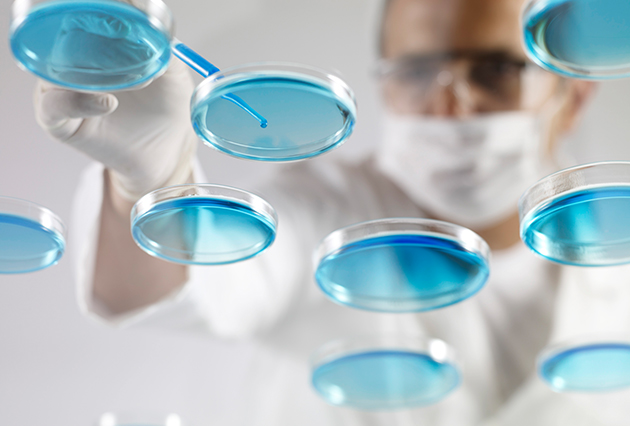How do they work?

How is the science programme developed and supported?
APA’s Science Programme is developed by a group of health and environmental scientists from APA’s member companies; the research itself is conducted by independent laboratories (see below: Who performs the research?). The group meets regularly to review new scientific developments in the areas of human and environmental toxicology and account for more general scientific issues that may be under discussion or attention, for example those highlighted during discussions under REACH or by ECHA . The programme is structured to provide information to APA’s members and other stakeholders in a manner that is consistent with the priority and relative importance of the issues. APA works with other aromatic producers associations across the world to ensure that the results of the programme are communicated to these organisations, and that the programme complements any other work being undertaken elsewhere in the world, to both prevent duplication and, particularly, minimise the use of animals required to obtain information on the substances’ hazards.
Who performs the research for APA?
For each area of study, APA invites laboratories, whether these are in academia or the private sector, to competitively tender for the advertised work. The process of selection is consistent with that followed by regulatory bodies and industry the world over.
It is a totally independent process that, whilst maintaining a dialogue between the researcher and APA, gives the research group full independence to publish the findings of the work. APA places an emphasis on the excellence of the output and, for this reason, is committed to make these findings freely and readily available.
